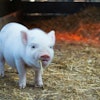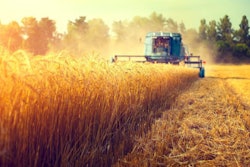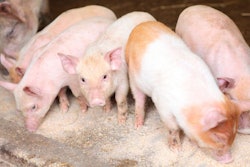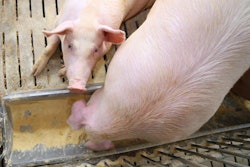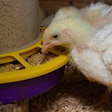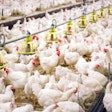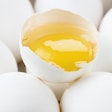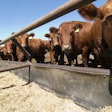
Act now and do not wait for costs to go down
Everyone complains about expensive feed prices. That is, everyone except those who manufacture or sell the expensive raw materials – but these do not benefit long-term. And now, everyone is holding back, expecting prices to return to normal – a normal that is difficult to define as for the past 30+ years, I have followed feed prices and know there is no such thing as going back to any kind of normal.
Normal for me is today; forget about the past. Fish meal was US$550 per ton when I started as a commercial nutritionist. I am not waiting for it to be back from US$1,550 per ton anytime soon – at least not in my lifetime.
It does not take a genius or an economist to understand why prices have skyrocketed. It only requires a brief tour through TV channels. Everything points to high prices being the new normal. So, these are the prices we will consider normal from now on. It only takes some time before other industries catch up. For the moment, there is an oversupply of consumer products and a lack of demand, so meat/milk/egg/wool prices remain low. This drives many producers out of business – as it has done in so many past cycles of the same “natural” phenomenon since that book was written a few thousand years ago. But, eventually, when demand and supply balance out, prices of consumer products coming from our industry will go up and survivors will prosper again, until the next crisis, which is sure to come.
So, what to do now that feed cost is high and product prices remain low? The only answer is to improve efficiency without cutting corners. For example, don’t skimp on quality of products destined for young animals. Instead, focus on improving feed efficiency of older animals. A young piglet takes 1 kg of feed to deposit 1 kg of body weight, whereas a near-market steer requires (at best) 10 kg of feed to deposit 1 kg of body weight. So, focus on areas where feed efficiency has plenty of room to improve. And, if you read my previous blog, find a source of local agro-industrial byproducts. Farm animals can thrive equally well using the “waste” of other industries, which are often good enough for humans to eat.

